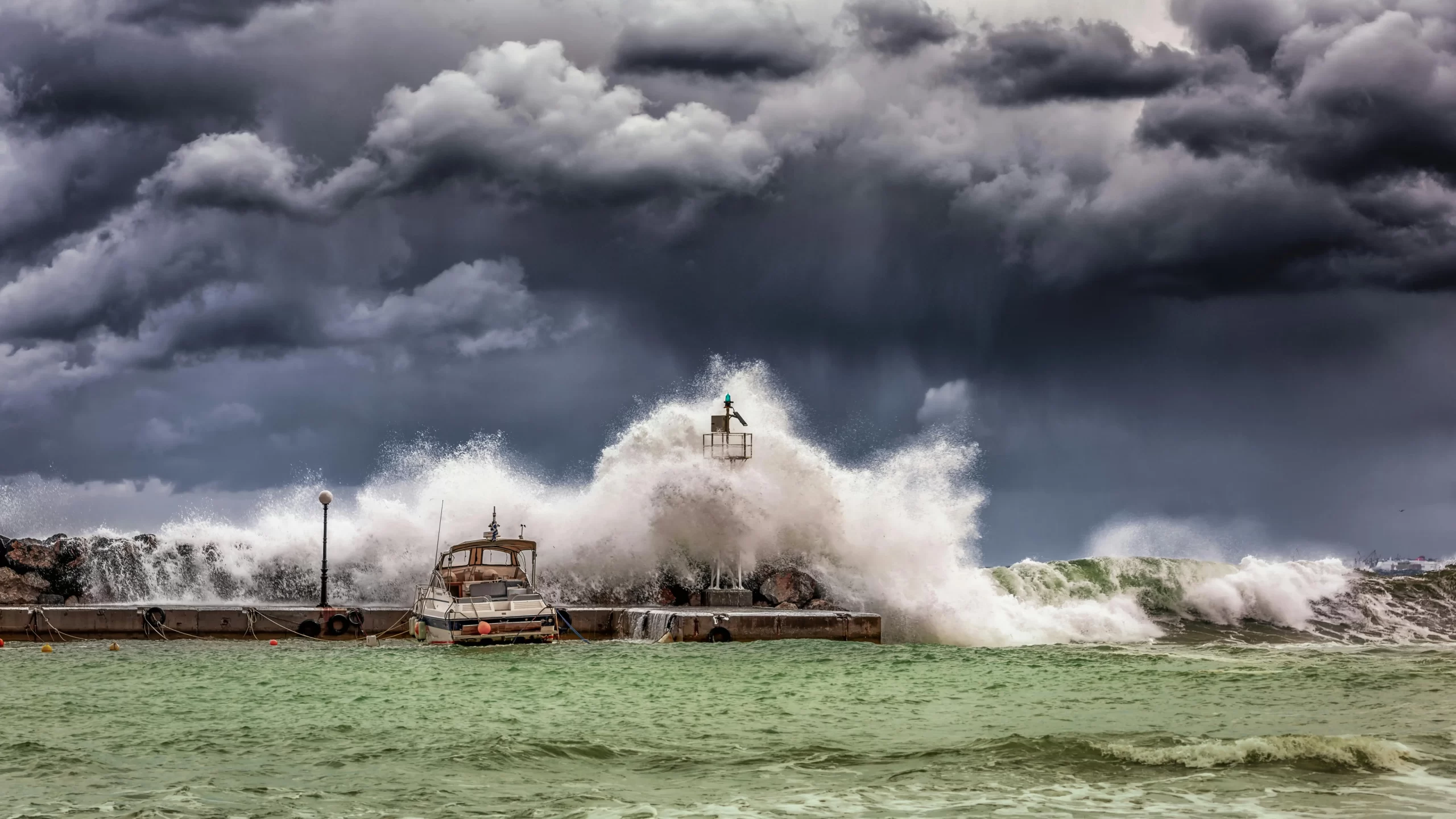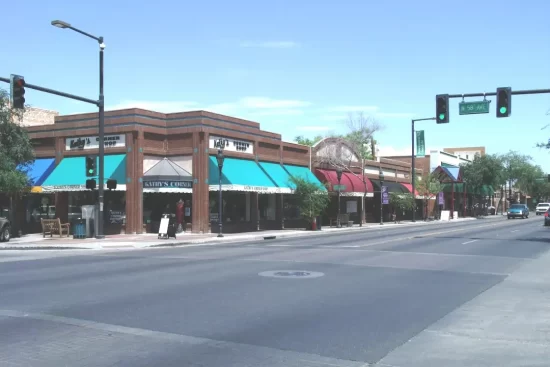
Hurricanes can be unpredictable and devastating, bringing not just high winds but also flooding, flying debris, and power outages. While most storm prep advice focuses on securing your home, it’s just as important to prepare your vehicle – a critical asset for both evacuation and post-storm recovery. In this guide, we’ll walk you through how to hurricane-proof your car to ensure it’s ready when the storm hits.
1. Secure a Safe Parking Spot
Where you park your car can make all the difference when a hurricane approaches.
Best Parking Options:
- Garage or Covered Parking: If you have access to a garage or covered carport, use it. This provides the best protection against wind, rain, and flying debris.
- High Ground: If flooding is a concern, choose a location on higher ground, away from rivers, lakes, or low-lying areas.
- Concrete Structures: If you live in an apartment building or work in a commercial area, see if you can access a multi-story parking garage.
Pro Tip: If a garage isn’t an option, park as close to a sturdy wall or building as possible, with the front of the car facing away from the expected wind direction.
2. Protect Your Windows and Windshield
Windows are a vulnerable point on your car, especially in high winds.
Ways to Protect:
- Window Covers: Use thick blankets, tarps, or specialized car covers to shield windows from flying debris.
- Windshield Sun Shades: While typically used for heat protection, a sturdy, reflective sun shade can add an extra layer of protection to your windshield.
- Tape and Plastic Wrap: In a pinch, applying duct tape in an “X” pattern across the glass can help prevent shattering, though this is a last-resort option.
3. Secure Your Vehicle’s Exterior
Loose items can become dangerous projectiles in hurricane-force winds.
Steps to Take:
- Remove Roof Racks and Bike Carriers: These can catch the wind and increase the risk of your car being damaged or overturned.
- Secure Loose Parts: Make sure side mirrors, antennas, and spoilers are tightly secured.
- Cover the Car: Use a heavy-duty car cover with strong tie-downs if you plan to leave your vehicle outdoors.
4. Waterproof the Interior
Flooding is a major risk during hurricanes, even in areas not typically prone to water damage.
How to Prepare:
- Remove Valuables: Take out important documents, electronics, and anything sentimental.
- Seal Doors and Windows: Check that your weather stripping is intact and doors close tightly.
- Floor Mats and Seat Covers: Use rubber floor mats and water-resistant seat covers to reduce water damage if your car takes on water.
- Disconnect Power Accessories: If you expect heavy flooding, disconnect power accessories to avoid electrical shorts.
5. Fill the Gas Tank
Fuel shortages are common after hurricanes, and power outages can make it impossible to pump gas.
What to Do:
- Fill Up Early: Top off your gas tank as soon as a storm is forecasted for your area.
- Carry Extra Fuel: If you have a safe place to store it, keep a few gallons in approved fuel containers.
6. Check Your Battery and Fluids
A dead battery or low fluid levels can leave you stranded when you need your car most.
Pre-Storm Checklist:
- Battery: Test your battery’s charge or replace it if it’s more than three years old.
- Oil and Coolant: Check fluid levels and top off as needed.
- Windshield Wiper Fluid: Make sure it’s full – visibility will be crucial if you’re driving in heavy rain.
7. Prepare for an Emergency Evacuation
You might need to leave quickly, so have your car ready for a fast getaway.
Essentials to Pack:
- First Aid Kit
- Basic Tools and Jumper Cables
- Flashlight and Extra Batteries
- Phone Charger and Power Bank
- Blankets, Water, and Non-Perishable Snacks
- Road Maps (in case GPS fails)
8. Document Your Vehicle’s Condition
Take photos of your car before the storm to have proof of its pre-storm condition for insurance claims.
What to Capture:
- All Sides of the Vehicle
- Interior and Dashboard
- Odometer and VIN Number
- Existing Dents or Scratches
9. Know Your Insurance Policy
Make sure you have comprehensive coverage, which typically covers hurricane damage.
What to Check:
- Deductibles and Limits
- Rental Car Reimbursement Options
- Flood and Wind Damage Coverage
- Roadside Assistance and Towing Coverage
10. Plan for the Worst
Even with the best preparations, there’s always a chance your car could be damaged or totaled.
Final Steps:
- Back Up Your Vehicle Registration and Insurance Documents: Keep copies in a waterproof bag or digital cloud storage.
- Have a Backup Transportation Plan: Know local evacuation routes and public transportation options.
- Consider Moving Your Car Early: If possible, relocate your vehicle to a safer area before the storm hits.
Conclusion
Hurricane-proofing your car takes a little effort, but it can make a huge difference when the storm finally hits. By securing your vehicle, stocking up on supplies, and preparing for the unexpected, you can protect one of your most valuable assets and ensure you’re ready for whatever the weather brings.






Leave a Reply